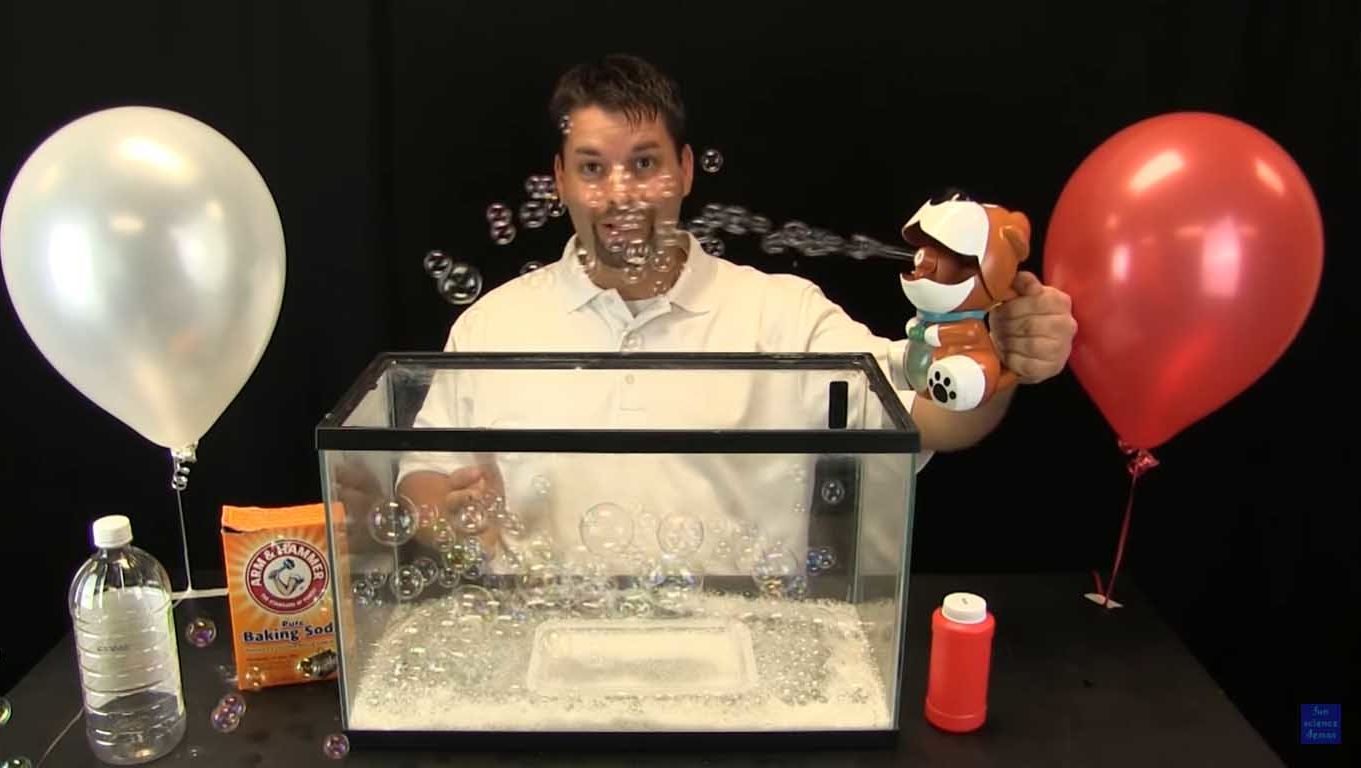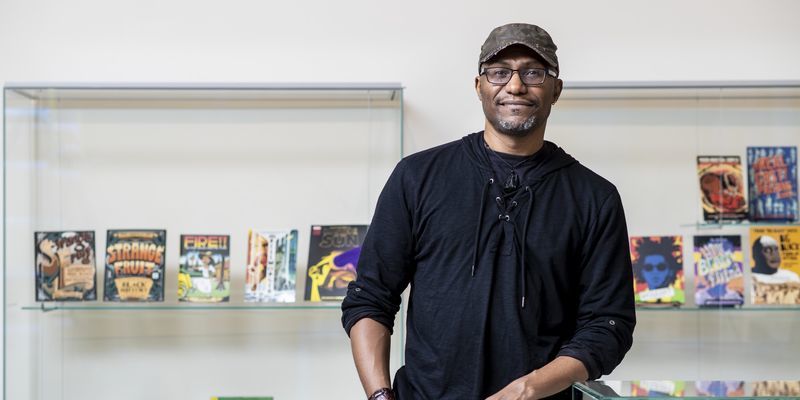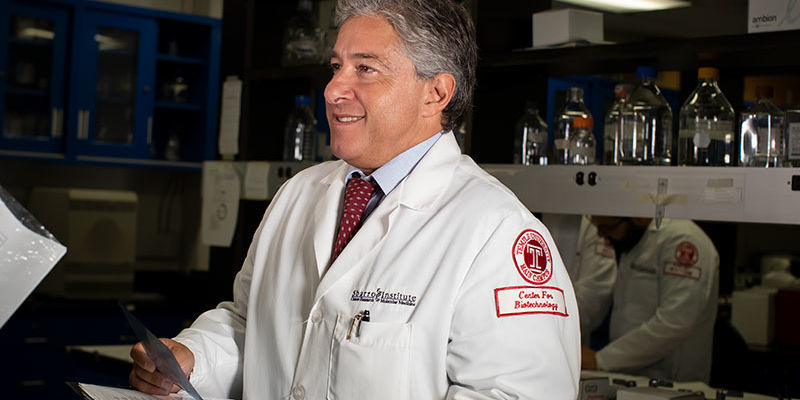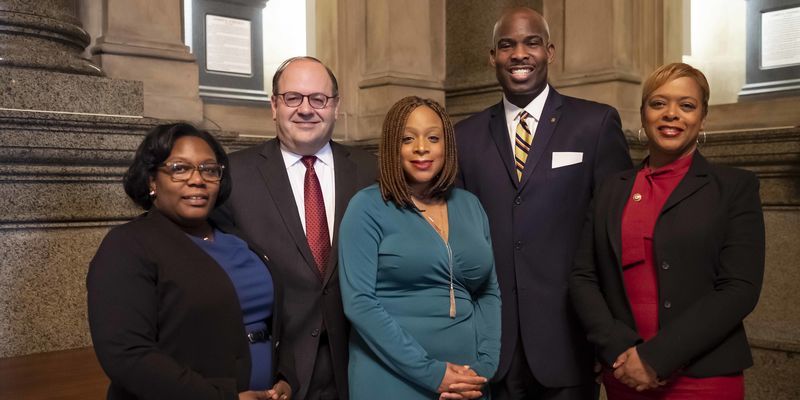Temple’s FunScience videos reach more than 20,000 daily
Global viewership of Temple’s educational science videos for kids has doubled.

Since the coronavirus crisis began closing schools and forcing people around the world to shelter in place, the global viewership of FunScienceDemos—more than 160 free, open-sourced educational videos for school children produced by faculty and students of Temple University’s College of Science and Technology (CST)—has doubled.
Available via a YouTube channel, the videos typically have a daily viewership of 9,000 to 12,000 from more than 150 countries. Last week, between 20,000 and 22,000 viewers watched each day. Outside of the U.S., the biggest viewership is from India.
“At a critical time when many of us are staying home, Temple and CST are helping often underserved learners continue to learn science,” says Assistant Professor George Mehler, who leads Temple’s STEM-oriented FunScienceNetwork project. “Besides grade school children and children already being home-schooled, the audience includes teachers, parents and grandparents.”
CST first launched FunScienceDemos, which has a growing list of 89,000 subscribers, four years ago. Strictly adhering to national Next Generation Science Standards, CST’s FunScience Network also includes:
- FunScienceSupport: online tools that support kindergarten through middle school science teachers
- FunScienceProductions: compilations of several FunScienceDemos videos for TUTV, available in Philadelphia on both Comcast and Verizon
- FunScienceToons: the newest initiative, with three of what ultimately will be 85 science animations
“In the U.S., generalists who teach elementary and middle school are often more comfortable—and receive more support in—teaching reading, writing and math than science,” says Mehler, who was the science education coordinator in the Central Bucks School District in Bucks County, Pennsylvania, for 25 years.
The solution: videos that show how to use simple, readily available materials for experiments that demonstrate basic principles of life science, physical science and earth-space science.
The collaborative FunScience team includes Temple science and science education majors, two animators who recently graduated from Temple’s School of Theater, Film and Media Arts, and Jared Hottenstein, an award-winning Central Bucks elementary teacher who is featured in the videos.
Kimberly Mehler, a part-time coordinator for CST’s STEM Education and Outreach office, writes the scripts. George and Kimberly’s daughter, Emily Mehler, EDU ’16, a middle school English teacher, introduces some of the videos.
“It’s great that we can impact science education around the world,” says Naomi Lawson, Class of 2021, a chemistry with teaching major who introduces some of the videos and voices a young girl in some of the FunScienceToons. “It’s so effective. Just telling a kid how gravity works is different from letting them really discover things for themselves by giving them paper clips, rubber bands and a napkin to make a parachute.”
On Friday, March 13, shortly before Temple transitioned to remote learning, Mehler recorded a FunScienceDemo of Lawson explaining COVID-19. In 10 days, it was viewed more than 2,000 times.
To view the videos, go to www.youtube.com/funsciencedemos.
—Bruce E. Beans


